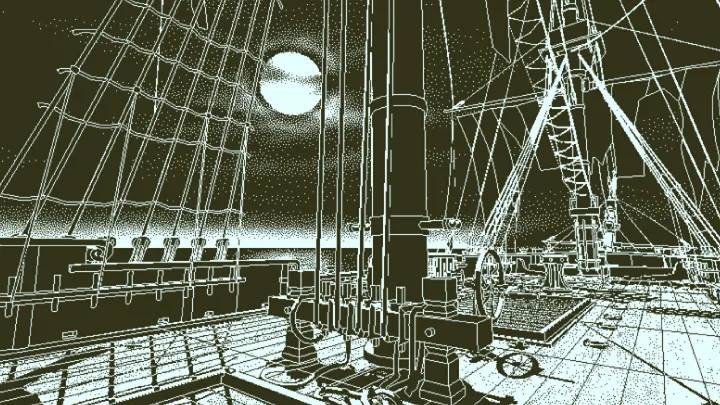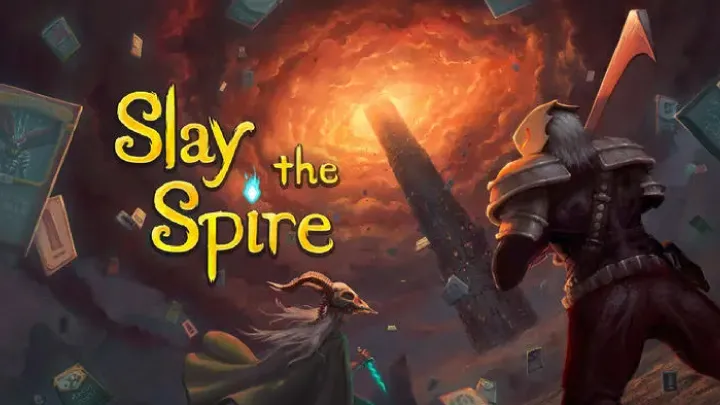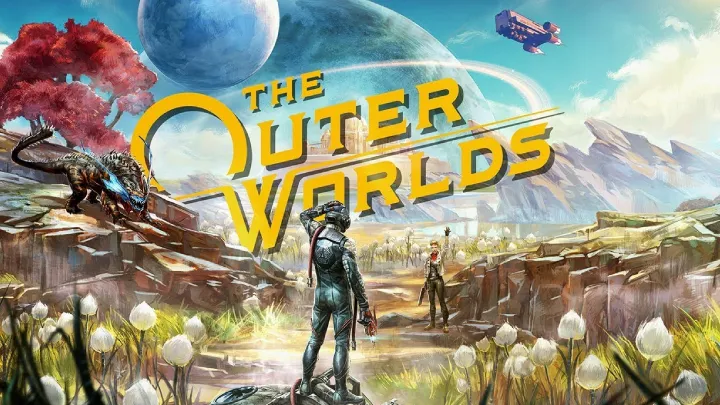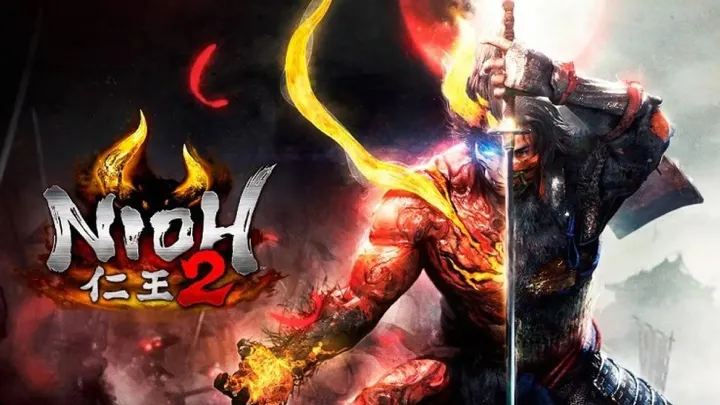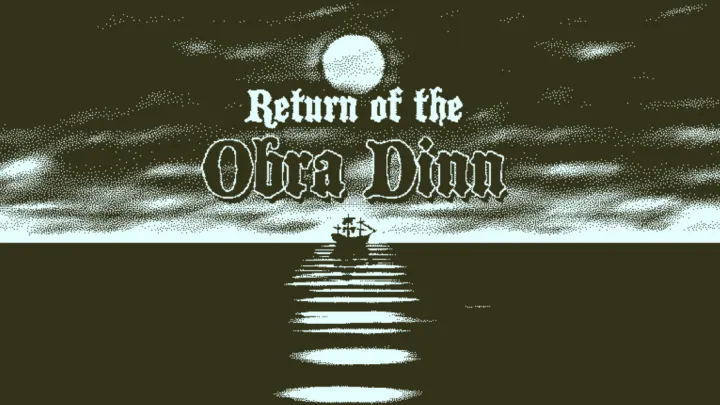
Introduction
Return of the Obra Dinn, developed by Lucas Pope, is a unique puzzle game that has garnered critical acclaim for its innovative gameplay and distinctive art style. Set in the early 1800s, players assume the role of an insurance investigator tasked with uncovering the fate of the crew aboard the doomed ship Obra Dinn, which mysteriously reappears after being lost at sea. While the game’s mechanics and aesthetic have been widely praised, one significant issue persists: its narrative structure. The storytelling method—a blend of non-linear exploration, deduction, and minimalist exposition—creates challenges for player immersion and comprehension. This article will explore the complexities of narrative structure in Return of the Obra Dinn, examining how they impact player engagement, understanding, and the overall experience of unraveling the mystery.
The Concept of Non-Linear Storytelling
Understanding Non-Linear Narratives
Non-linear storytelling refers to a narrative progression that does not follow a straightforward chronological path. Instead, players often encounter events out of sequence, requiring them to piece together the story from fragmented bits of information. In Return of the Obra Dinn, this approach manifests through the use of flashbacks and the player's need to deduce how various events connect.
Benefits of Non-Linear Storytelling
Non-linear narratives can deepen immersion, allowing players to engage actively with the story. This engagement motivates players to explore and interact more, as they seek to fill the gaps in the narrative. In theory, this can lead to a richer storytelling experience, as players often derive personal meaning from piecing together events in their own way.
The Game's Structure: Investigating Deaths
The Premise of Investigation
In Obra Dinn, players navigate the ship, witnessing various pivotal moments that unveil the fates of different crew members. The gameplay involves interacting with the bodies of deceased sailors, each encounter allowing the player to witness the moment of their death. However, the presentation of these deaths is often disjointed, making it challenging for players to grasp the full context of events.
The Role of the Player
Unlike traditional narratives, where events unfold in a linear fashion, Obra Dinn relies heavily on the player’s ability to connect dots. Players are tasked with deducing not only who died but also how and why they died, often working with minimal information. This reliance on player interpretation can lead to moments of confusion, especially since the game's many events must be processed in a limited timeframe.
The Impact of Visual and Audio Design
The Role of 1-Bit Graphics
Return of the Obra Dinn employs a distinctive 1-bit graphical style that evokes the aesthetics of old computer games. This minimalist approach contributes to the game’s unique atmosphere, yet it also presents challenges regarding narrative comprehension. The lack of visual detail can sometimes render character recognition difficult, making it harder for players to track relationships and connections.
Sound Design as a Narrative Tool
Sound design plays a crucial role in enhancing the storytelling experience. The game utilizes a retro soundscape that immerses players in the maritime setting, punctuated by sound cues that signify pivotal moments in the narrative. However, the effectiveness of sound design can also underscore the limitations of the visual narrative—if players aren’t fully oriented in the visuals, they might struggle to grasp the significance of auditory clues.
Fragmented Information and Comprehension
The Challenge of Information Overload
As players explore the ship, they are confronted with a wealth of fragmented information. This information can include witness statements, crew biographies, and the manner of deaths witnessed through the game’s unique mechanics. While this offers a chance for deep investigation, it can also lead to information overload, making it difficult for players to synthesize and retain essential details.
Memory and Attention
The fragmented nature of the narrative challenges player memory and attention. With events occurring out of sequence, some players find it challenging to keep track of all the various characters, their relationships, and how their interactions influenced the unfolding drama. This complexity can lead to disengagement, as players might feel overwhelmed by the sheer volume of details they need to remember.
The Art of Deduction: Connecting the Dots
The Deductive Process
At the heart of Return of the Obra Dinn is the art of deduction. Players must analyze clues from the scene of death alongside contextual relationships between characters to make informed decisions. This aspect is crucial for piecing together the full narrative, yet the process itself can feel daunting for many players.
The Potential for Frustration
While deduction promotes engagement, it can also foster frustration. If players get stuck or are unable to piece together the necessary clues, they may find the experience becomes more of a laborious chore than an enjoyable investigation. Striking a balance between challenge and accessibility is vital for maintaining player interest.
Player Engagement and Emotional Resonance
Emotional Engagement with Characters
Despite its straightforward storytelling method, Return of the Obra Dinn elicits emotional engagement through its tragic narratives. The deaths of crew members and the circumstances surrounding them can resonate deeply with players, creating an emotional connection to their stories.
The Disconnect Between Mechanics and Narrative
However, the emphasis on mechanics can introduce a disconnect between players and the narrative. When players are caught up in the mechanics of deduction, the emotional weight of the characters' stories can sometimes be overshadowed. Balancing gameplay mechanics with emotional storytelling can enhance player connection to the narrative.
The Role of The Ending and Resolution
Building Towards the Conclusion
The conclusion of Return of the Obra Dinn is both satisfying and multilayered, revealing the fates of each crew member while allowing players to reflect on their investigation. However, the effectiveness of this resolution depends heavily on the player’s ability to piece together the fragmented narrative. If a player fails to connect the dots, the ending can feel unsatisfactory and confusing.
The Challenge of Closure
For some players, obtaining full closure from the game's finale can be challenging if there are gaps in understanding. This concern is particularly pronounced for those who may struggle with the game’s deductive mechanics. Enhancing the resolution process could benefit from incorporating elements that reinforce understanding without undermining the mystery aspect.
Community Feedback and Critical Reception
Voices from the Player Base
The community surrounding Return of the Obra Dinn has provided diverse feedback about its narrative structure. While many players appreciate the innovative approach to storytelling, others express frustration over its complexity and the challenges faced in drawing connections between events.
Addressing the Critique
To enhance future projects, developer Lucas Pope could consider player feedback about narrative accessibility. Incorporating features that nurture player understanding while preserving the integrity of the mystery could create a more balanced narrative experience.
Conclusion
Return of the Obra Dinn stands as a unique and compelling addition to the gaming landscape, offering players an innovative approach to narrative structure and gameplay. However, the challenges associated with its non-linear storytelling, fragmented information, and deduction mechanics can create barriers to player engagement and emotional resonance. By refining these aspects, developers can further enhance the experience, creating more layers to the already intriguing mystery. As players continue to explore the enigmatic world of the Obra Dinn, ongoing dialogue about narrative mechanics will undoubtedly shape the future of immersive storytelling in video games.